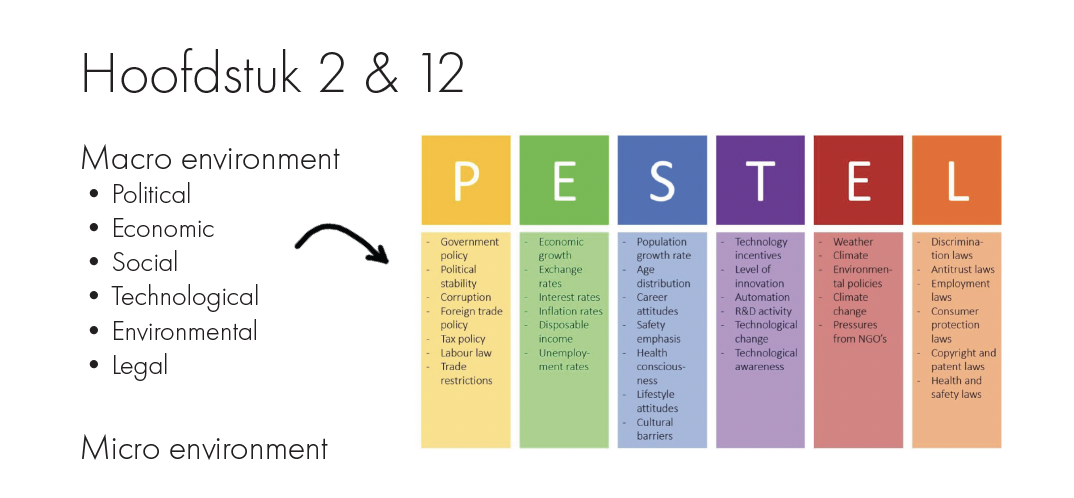New product marketing
USE LEARNING LINE
Course 1: New product marketing
This course provided me with a solid foundation in marketing theory and methods. I became familiar with tools like the PESTEL framework and SWOT analysis. Additionally, I explored the processes involved in new product development and gained a deep understanding of the marketing mix, particularly the 4 P’s (Product, Price, Place, Promotion).Although the course was very theoretical, I found this approach refreshing and enjoyable. To prepare for the exam I made a very detailed summary where I can now alway go back to, to refresh my memory.
Figure 2: Final video for the course where we show improvements for the app Toplogger
Course 2: Marketing research and design methods
This course involved a fun and dynamic group project where we were tasked with producing four videos in six weeks. I really enjoyed this challenge and was responsible for creating all the videos, which allowed me to further develop my editing skills (figure 2).
As part of an individual assignment, I analyzed data on “Killer Apps” using R. This was a new area for me, but I was determined to excel, so I dedicated time to refreshing my coding knowledge. I especially enjoyed the problem-solving aspect of coding—finding efficient ways to achieve the desired results while ensuring clean and clear outputs. My final assignment was efficient and well-executed, reflecting my growth in both coding and data analysis.
In this course, we worked with the Design Thinking Bootleg, a powerful method for fostering innovation throughout the design process. Our assignment, in collaboration with Cocosmos, was to create an interactive installation aimed at raising awareness about the effects of phone use on teenagers, while also collecting data. This design brief was a dream for me, as it aligned perfectly with my interests.
I was responsible for creating all reports, posters, and presentations, and I also took the lead in organizing and planning within the team.
The Design Thinking Bootleg proved to be an extensive and versatile tool, applicable to a wide range of design cases. It is a very useful tool when you work with a group of non designers, as it explains well what the the different design methods can bring in the process.
Additionally, I gained further experience with tools such as the Business Model Canvas and the Strategy Canvas.
.png)
.png)
Figure 3: latest event at The huiskamer where I co-organised
